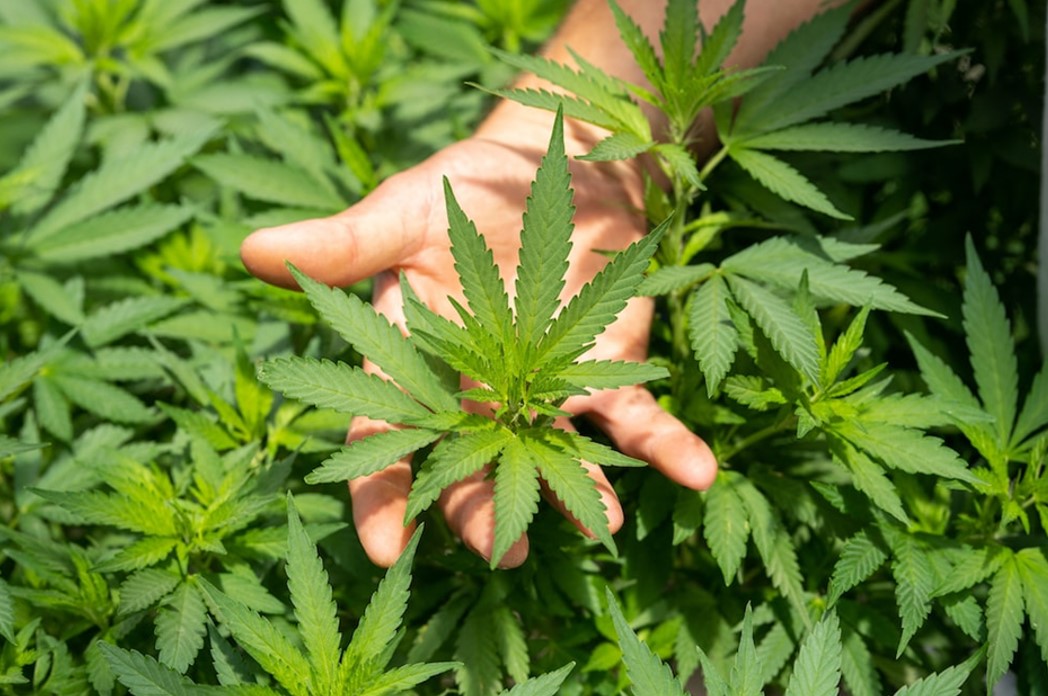Common Questions About CBD Answered
If you’ve been keeping tabs on the latest news, you’ve probably noticed an increase in CBD-infused products on the market. CBD is now more popular than ever before. Manufacturers have infused CBD into many products, ranging from lotions to chocolates. However, many people still don’t understand CBD in-depth and its effects. Below are a few questions to answer your queries.
Is CBD safe or addictive?
CBD products should be safe and effective if you buy from a reputable supplier with relevant certifications of its ingredients. CBD has a good safety profile and is well tolerated by most people. Similarly, controlled studies have not shown any potential that CBD users can develop physical dependence. The few reported side effects of these products often result from rare drug interactions.
Does CBD make your eyes red?
A common question among CBD users, especially beginners, is, “Does CBD give you red eyes?” Most people believe that weed-laden products generally make the eyes red, which isn’t true. Studies have shown that CBD doesn’t cause red eyes. Unlike THC, CBD doesn’t bind to receptors and has a totally different physiological response.
Does CBD show up in a blood test?
CBD doesn’t have notable psychoactive effects associated with THC and other cannabis products. This makes CBD safe and legal and won’t give you unexpected high. Cannabis drug tests are used to detect the presence of THC in blood.
Full-spectrum CBD products contain small amounts of THC that can’t be detected. However, some tests are inaccurate and can raise a false positive, even if the person being tested uses CBD isolates.
Which is the best way to take CBD?
CBD is primarily consumed as CBD oil drops. However, this doesn’t mean you can’t consume it in other formulations. The best way to consume CBD primarily depends on personal preference. The different methods of consumption deliver CBD to the body differently. You should choose your preferred method based on your intended actions. For instance, if you want the product to soothe your dry, irritated skin, go for CBD body salves.
Is there a dosage limit for CBD?
Finding the perfect dosage limit for CBD is basically trial and error. Everybody has different limits depending on their body’s handling ability. However, like other drugs, you should introduce CBD gradually into your body. Ideally, you should start with low doses and adjust gradually to a maximum of 70mg. Additionally, always consult your primary health care giver before using CBD.
Can anyone use CBD?
CBD is generally safe, provided it has been lab-tested and picked from quality plants. However, pregnant and lactating mothers shouldn’t use full-spectrum CBD because it contains some THC. Some CBD products contain harmful ingredients that can harm the baby, such as heavy metals, pesticides, and fungi.
Conclusion
Since becoming federally legal, CBD is currently used in many sectors. If you’ve been thinking of incorporating CBD-infused products in your skincare routine, workout routine, and other activities, you should differentiate the facts from myths and misconceptions.








































